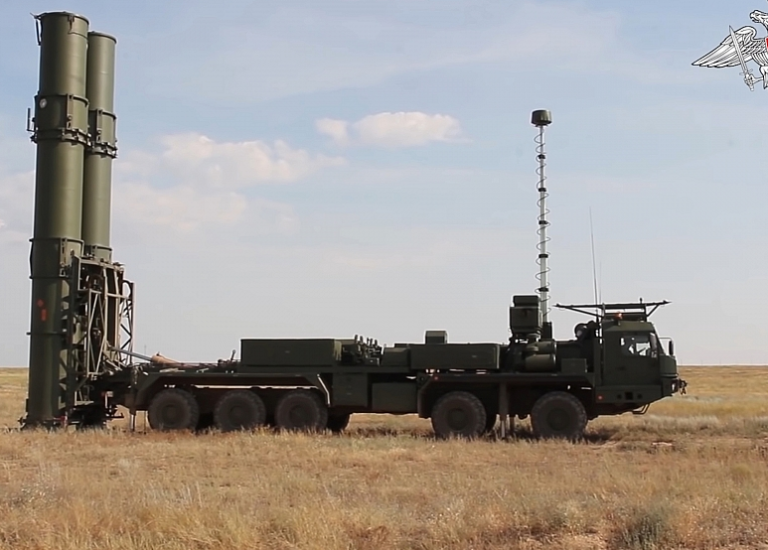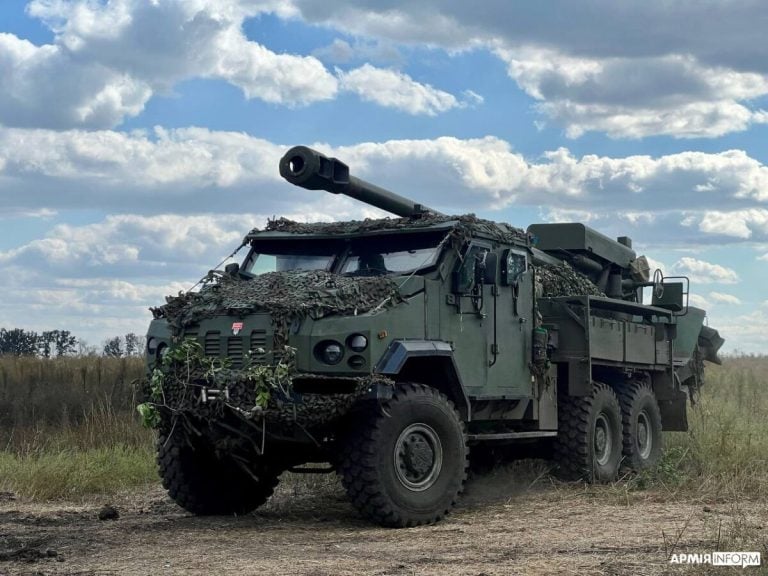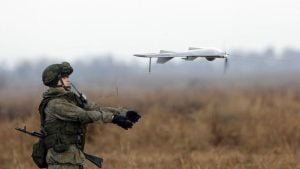The U.S. Army is currently conducting tests on an innovative autonomous counter-drone system designed for integration into Abrams main battle tanks and Bradley infantry fighting vehicles (IFVs). This development highlights a proactive approach to address the vulnerability of mechanized infantry and armored platforms to inexpensive and swift drones, often utilized as aerial improvised explosive devices (IEDs).
A recent photo shared by Steven Simoni, President of Allen Control Systems, showcases the company’s Bullfrog weapon station mounted on a Bradley during these trials. According to Simoni, this system aims to give control back to U.S. and allied ground forces facing aerial threats. The Bullfrog weapon station is particularly notable for its capability to mount a 400-pound structure that can accommodate an M240 machine gun, which is chambered in the 7.62×51mm caliber.
The Bullfrog is equipped with artificial intelligence, computer vision, and proprietary control software that enables it to adapt both legacy and modern weapon systems for precise targeting. It is designed to effectively engage small drones classified within Class 1 to 3, which can weigh up to 600 kilograms (approximately 1,320 pounds). Built to fit NATO-standard vehicles, the system also boasts passive detection features with a remarkably low false-negative rate of under 2 percent.
While specific details regarding whether this initiative is a formal evaluation or merely a rapid prototyping project remain unclear—particularly in the absence of an official contract—the initiative underscores the classified threat posed by accessible unmanned aerial systems, particularly first-person view drones. Such drones have demonstrated an increasing potential to challenge modern armored vehicles, even those that are generally well-protected.
Although advanced protection systems like Trophy and Iron Fist offer considerable defense against anti-tank missiles and rocket-propelled grenades, they are often inadequate when it comes to engaging slow-moving, unpredictable drones with low signatures. Alternative weapon options, such as the Common Remotely Operated Weapon Station and locally mounted machine guns, rely heavily on the situational awareness of the gunner, placing them at a disadvantage against these rapidly evolving aerial threats.
Moreover, the introduction of fiber-optic drones complicates matters further, as traditional electronic warfare and jamming strategies are often ineffective, given that control signals can be maintained through thin cables. The Bullfrog system aims to address this critical capability gap by providing an automated hard-kill solution to counter the rise of small drones in the battlefield.
This testing phase represents a significant step toward enhancing vehicle defense mechanisms and ensuring U.S. and allied ground forces are better equipped to confront the persistent challenges posed by rapidly advancing drone technology.

















